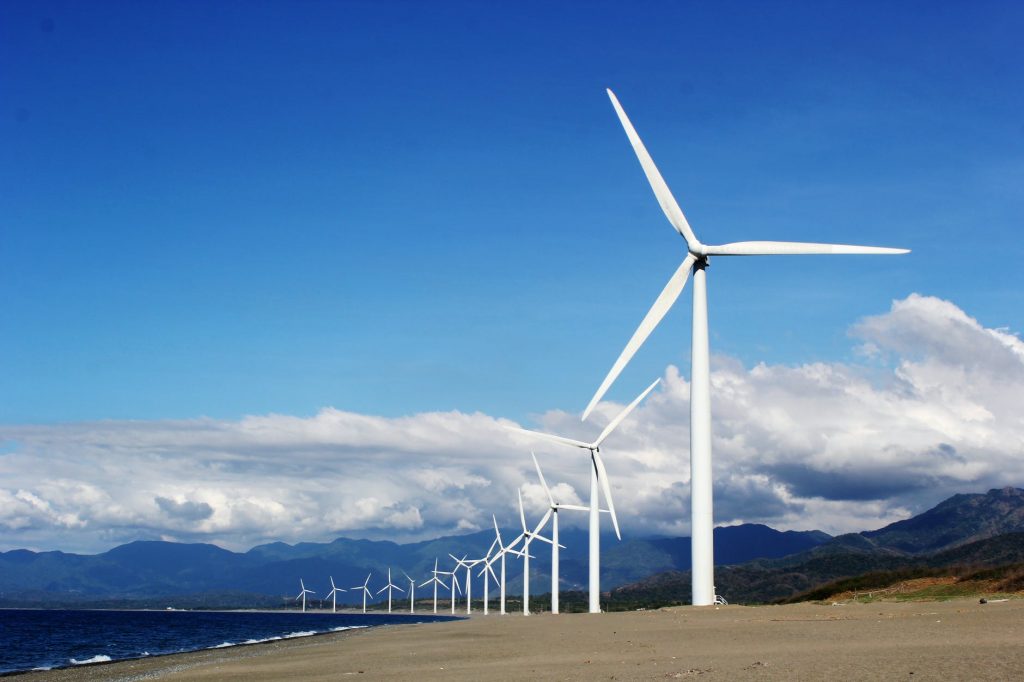
According to a study published in June 2020 by the Center for Environmental Public Policy at the University of California at Berkeley, the United States can deliver 90 percent clean, carbon-free electricity nationwide by 2035. To help achieve that, a new statewide goal, California SB100, was established to achieve carbon neutrality as soon as possible and no later than 2045, which means that all new construction buildings will have energy supplied exclusively by electricity.
Some cities already ban the use of natural gas in their jurisdiction, and more local agencies are changing their codes to support the all-electric new construction that aligns with the state’s long-term goal to reduce emissions and improve air quality.
As of the publication of this article, in Northern California, Los Gatos, San Jose (residential), Cupertino, Los Altos Hills, Mountain View, Palo Alto, Hayward, and San Mateo County (residential), are among the jurisdictions that adopted all-electric building codes.
This 2020 COVID-19 pandemic when we found ourselves confined to working from home, increased the awareness to indoor air quality (IAQ). Switching to energy from renewable sources will do both – reduce negative carbon emissions and improve IAQ.
Think about all the utilities used at your home and see how you can reduce, reuse, and renew the usage of energy and improve the environmental impact when designing, building, or remodeling your home. Here are some ideas to consider:
Energy Efficiency & Indoor Air Quality
Following many local jurisdiction guidelines for an all-electric new construction, consider adopting these recommendations. Your small contribution will help your energy consumption become more efficient, reduce emissions, and support a green-friendly environment; we are in California after all.
By installing these products you can reduce emissions, and hence increase the IAQ.
A Heat Pump Water Heater does not need gas piping or venting. It uses the same principles as heat pumps for heating in air conditioning systems, to heat your domestic water.
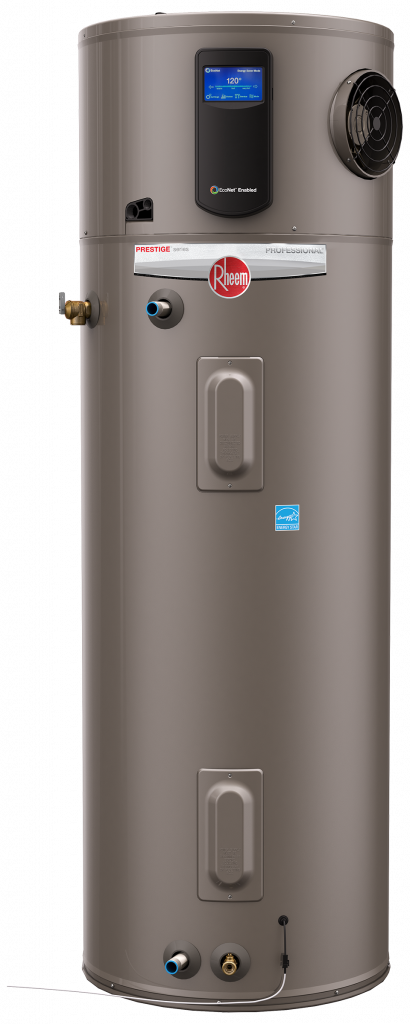
Heat Pump HVAC
A ductless mini-split HVAC system is easier to install and maintain, and is highly efficient. These systems can support multi-zone. Instead of installing the mini-split unit on the wall, you can select the ceiling cassette which is designed to fit the ceiling joists of typical residential buildings, so they do not protrude into the living space and are visually similar to the registers used in a ducted system.
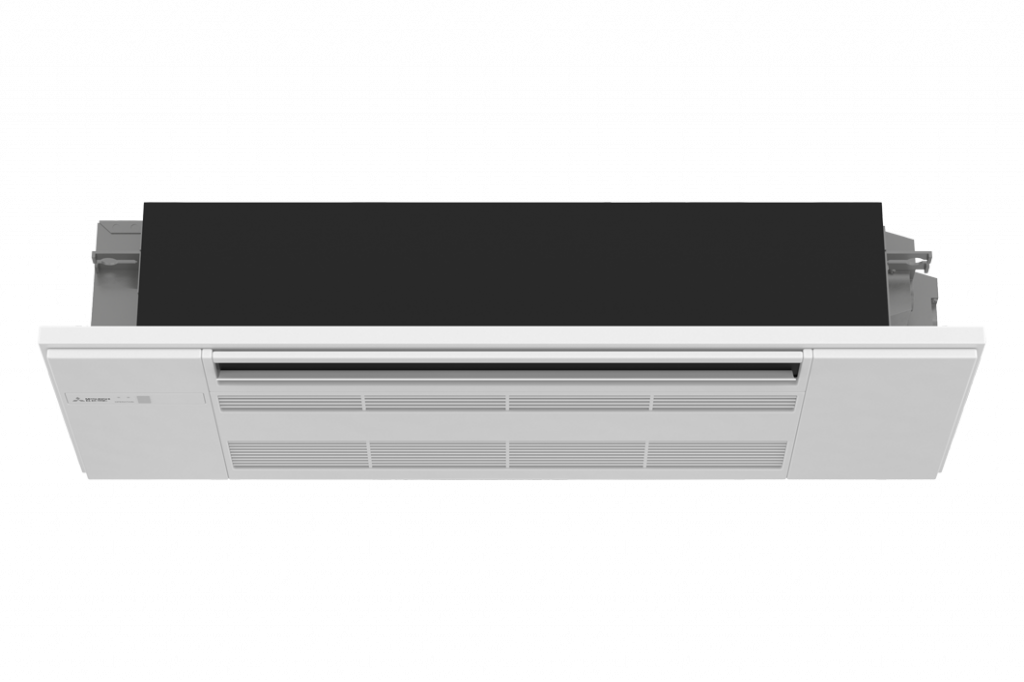
An Induction Cooktop heats up quicker than a traditional electric cooktop, and has minimal impact on energy and CO2. The biggest benefit is the Indoor Air Quality because there is no gas emissions, no oxygen is burnt, and less excess heat is generated. Induction cooktops use a magnetic field to actively heat the pan itself instead of heating the cooktop surface and transferring the heat to the pan or pot. This is extremely efficient and it is also very safe because the surface is not heated.

A Heat Pump Clothes Dryer does not cost more per load than a gas dryer. It takes longer to dry because it is a gentler way of producing heat than a traditional dryer, so it is also gentler on your clothes which will last longer.
It does not require venting and the moisture is removed by a drain line which can be connected to the same drain as the washer, so an exhaust duct is not needed.
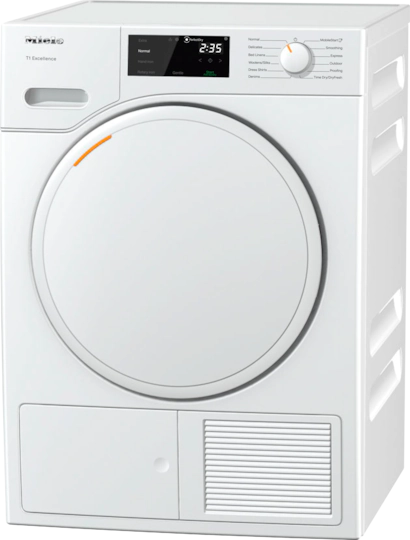
Another way to reduce your CO2 emission is by considering an Electric Vehicle (EV) for your next car purchase.
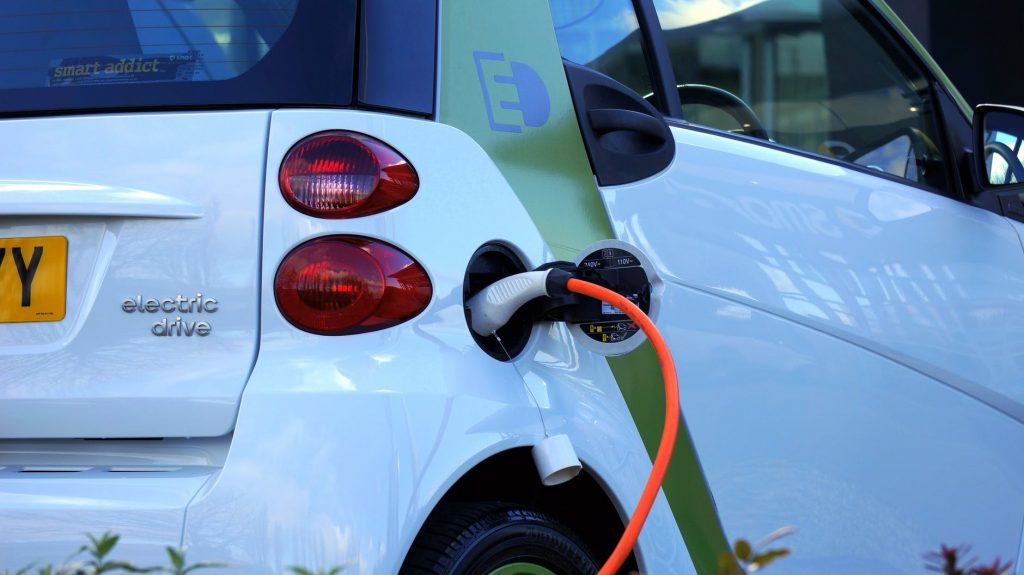
Renewable Energy
To offset some or all of your electricity bills, you can install a Photovoltaic (PV) system that produces electricity from solar energy. Store this energy in batteries and then use this energy for domestic use and as an easy way to charge your Electric Vehicles. For more on a solar system, read the blog on the topic.
Water Conservation & Efficiency
Water conservation is everything that we do to reduce the amount of water used such as limiting the time of a shower, running laundry when the washer is full, etc. We can also reuse domestic grey water (from our laundry and/or sinks) for irrigation.
Water efficiency improves by the engineering of a product (like a dishwasher, toilet, or a faucet).The more efficient the product is, the less amount of water or energy it uses to get the job done. California plumbing code determines the maximum allowable Gallons Per Minute for each fixture. These codes are updated regularly every three years. The 2019 plumbing code limits Lavatory faucets to 1.2 GPM, Kitchen faucets to 1.8 GPM, Showerheads to 1.8 GPM, and toilets to 1.28 GPF.
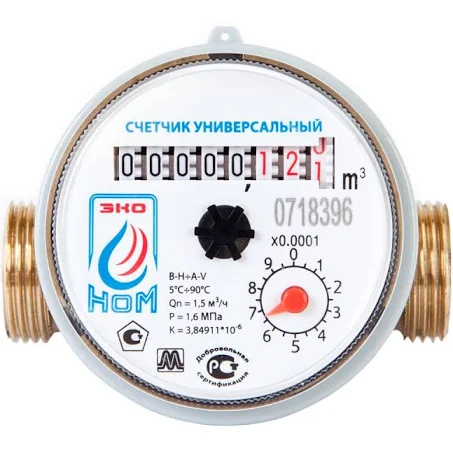
Passive House
To take it a step further, a voluntary standard of Passive House is a design and construction concept that can be implemented into every new construction, to deliver “high performance building” which reduces the building ecological footprint and results in an ultra-low energy building performance with healthy indoor air quality.
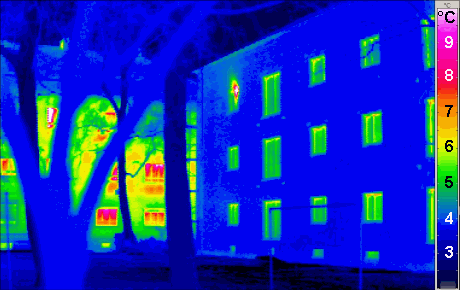
The principles of Passive House are:
- Superinsulation – to significantly reduce the heat transfer through the walls, a high R-value of thermal insulation material is installed on and in the walls.
- Airtightness – the building envelope is built so that most of the air exchange with the exterior is done by extensive insulation and by controlled ventilation through a heat exchanger in order to minimize heat loss or gain. Careful sealing of every construction joint and all service penetrations in the building envelope to prevent air leakage.
- Ventilation – an energy or heat recovery ventilation system is installed to maintain air quality by providing fresh air, while recovering and preserving the energy invested in heating or cooling the indoor air. These mechanical ventilation systems have a heat exchanger that will transfer the heat at the entry point of the fresh air and exit of the stale air. In the summer when it is hot outside and the house is cooled by the air conditioning system, the heat in the incoming fresh air is transferred to the outgoing stale air at the entry point. In the winter when it is cold outside and the house is heated, the heat in the outgoing stale air is transferred to the incoming cold air. This process reduces the amount of energy loss due to ventilation.
- Windows – As part of the house envelope, windows are manufactured with efficient glazing and exceptionally high R-value and are properly oriented for sun exposure in the Winter and shade is in the Summer.
The building must pass different tests in order to be rated as a passive house.
